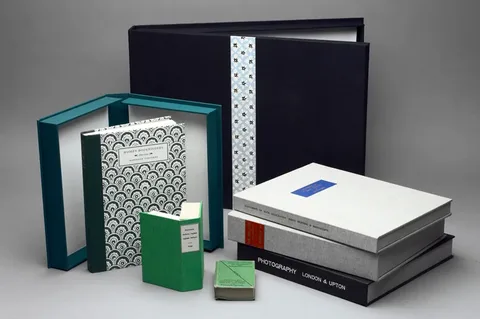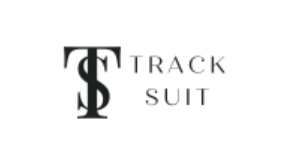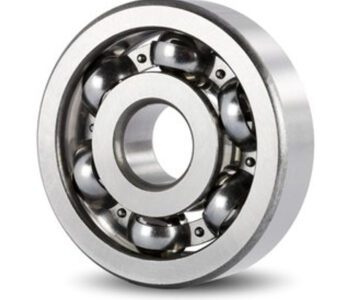 Business
Business
How to Choose the Right Booklet Box for Your…
Choosing the right booklet box can be a crucial decision for anyone looking to store, protect, or present important documents, booklets, or promotional materials. With so many options available, it’s essential to understand your specific needs and the features that make a booklet box suitable for your purpose. This guide will walk you through the key factors to consider, ensuring you make an informed decision.
Understanding Your Purpose
Before selecting a booklet box, it’s important to clearly define its purpose. Are you using it for storage, shipping, or as a presentation piece? For instance, if you need a box for long-term storage, durability and material quality should be your top priorities. On the other hand, if the box is for promotional purposes, aesthetics and design might take precedence.
Consider the type of content you’re storing. Are they delicate booklets that require extra protection, or are they standard documents that need basic storage? Understanding your purpose will help narrow down your options and ensure you choose a box that meets your specific requirements.
Evaluating Material Quality
The material of the booklet box plays a significant role in its functionality and durability. Common materials include cardboard, corrugated fiberboard, and rigid paper. Cardboard is lightweight and cost-effective, making it ideal for short-term use. Corrugated fiberboard offers better protection and is suitable for shipping or transporting booklets. Rigid paper, while more expensive, provides a premium look and feel, perfect for high-end presentations.
When evaluating material quality, consider factors like thickness, strength, and resistance to wear and tear. A well-constructed box not only protects its contents but also reflects positively on your brand or personal standards.
Size and Dimensions Matter
Choosing the right size is critical to ensure your booklets fit comfortably without being too tight or too loose. Measure the dimensions of your booklets, including height, width, and thickness, before selecting a box. A snug fit prevents movement during transit, reducing the risk of damage.
Additionally, consider the weight of the booklets. Heavier materials may require a sturdier box to avoid tearing or collapsing. Always account for extra space if you plan to include additional items like inserts or padding.
Design and Customization Options
The design of your booklet box can significantly impact its appeal, especially if it’s meant for promotional or gift purposes. Many manufacturers offer customization options, allowing you to choose colors, patterns, and even add logos or text.
A well-designed box not only enhances the presentation but also creates a memorable impression. For businesses, this can be a powerful branding tool. For personal use, it adds a touch of elegance and thoughtfulness.
Durability and Protection Features
When it comes to protecting your booklets, durability is key. Look for features like reinforced corners, tear-resistant materials, and secure closures. These elements ensure your contents remain safe from external factors like moisture, dust, or physical impact.
If you’re shipping booklets, consider boxes with additional padding or inserts to prevent movement during transit. For long-term storage, opt for acid-free materials to prevent yellowing or deterioration over time.
Eco-Friendly Choices
Sustainability is becoming increasingly important in today’s world. Many manufacturers now offer eco-friendly booklet boxes made from recycled or biodegradable materials. These options not only reduce environmental impact but also appeal to eco-conscious consumers.
When choosing an eco-friendly box, ensure it doesn’t compromise on quality or durability. Look for certifications or labels that verify the materials used are sustainable and responsibly sourced.
Budget Considerations
While it’s tempting to go for the cheapest option, it’s important to balance cost with quality. A low-cost box might save money upfront but could lead to higher expenses in the long run if it fails to protect your booklets.
Set a budget based on your needs and explore options within that range. Remember, investing in a high-quality booklet box can save you from potential losses or damages down the line.
Supplier Reliability and Reviews
Finally, choose a reputable supplier to ensure you receive a high-quality product. Look for reviews or testimonials from previous customers to gauge their reliability. A trustworthy supplier will offer transparency, excellent customer service, and timely delivery.
Don’t hesitate to ask for samples before making a bulk purchase. This allows you to assess the quality firsthand and make an informed decision.
Conclusion
By considering these factors, you can confidently choose the right booklet box that meets your needs. Whether for storage, shipping, or presentation, the right box will not only protect your booklets but also enhance their value and appeal.









